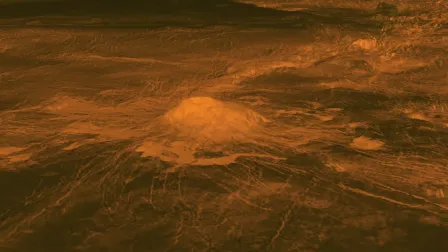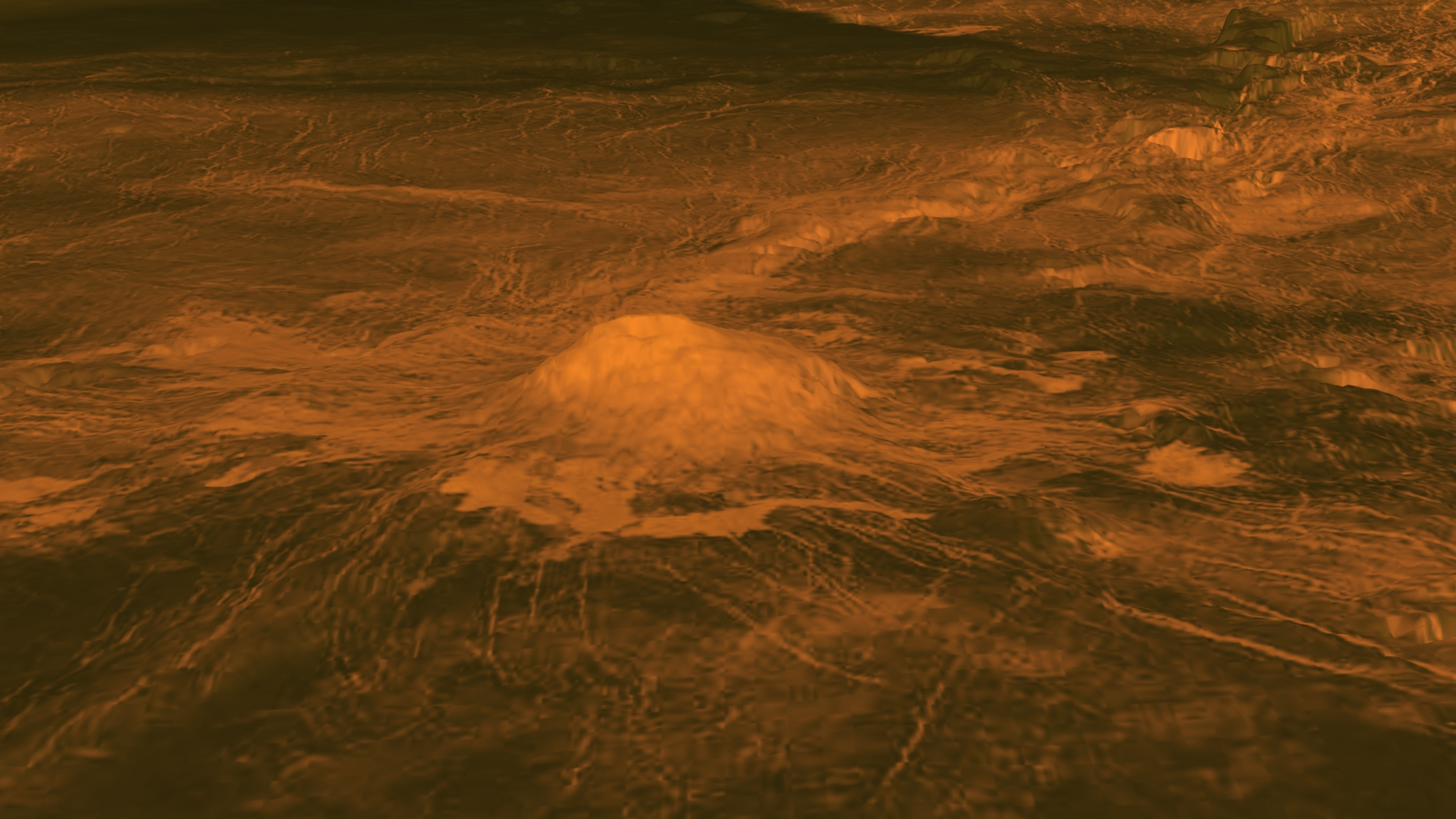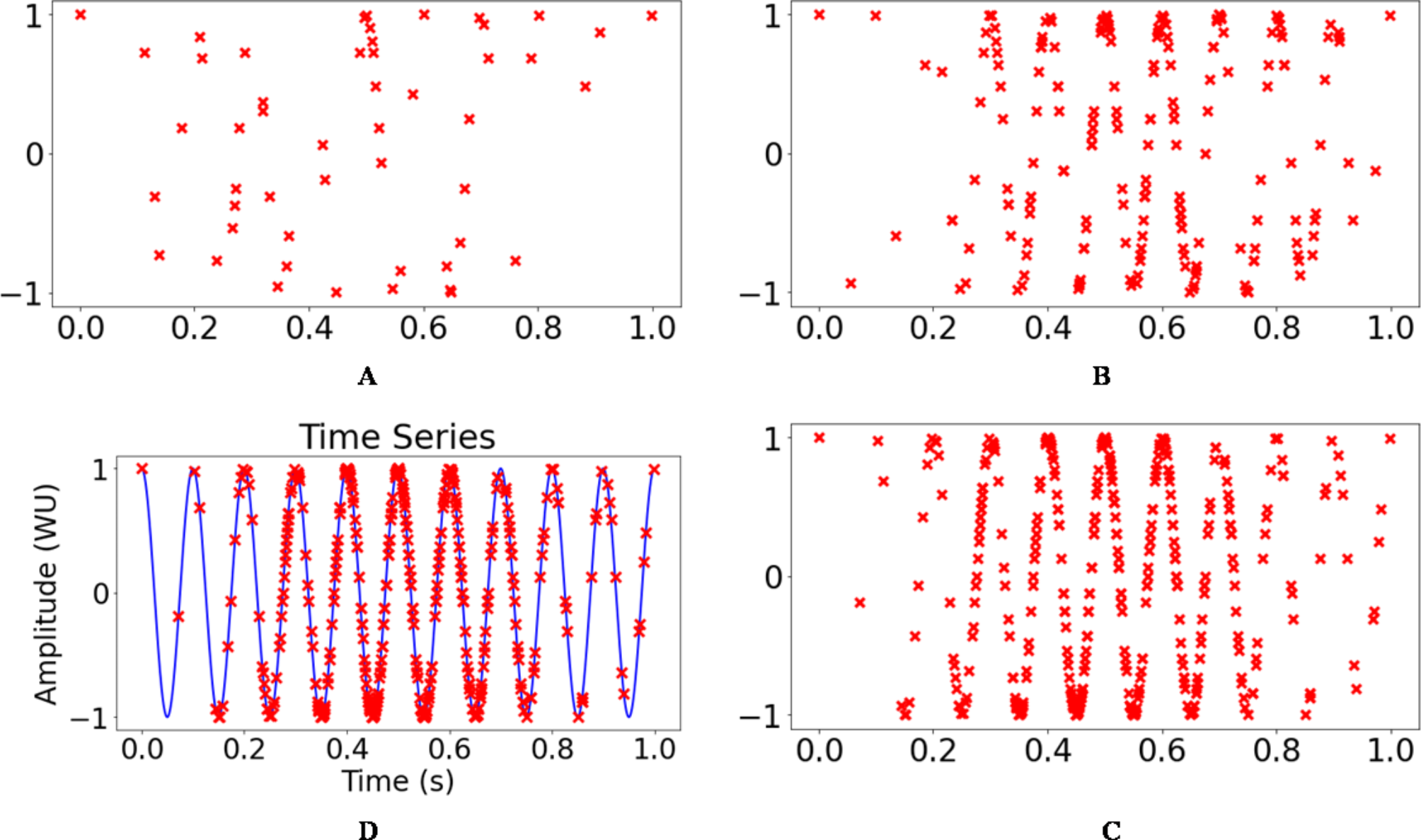2025-03-31 ワシントン大学セントルイス校

ワシントン大学の研究者たちは、金星の地殻における対流が、同惑星に多数存在する火山の形成要因である可能性を示唆する新たな計算結果を発表しました。この研究は、金星の地質活動に関する従来の理解を覆すものであり、地殻内の対流が火山活動や地表の特徴に大きな影響を与えている可能性を示しています。
◆研究チームは、金星の地殻が対流を支えるのに適した厚さ(場所によって30〜90kmと推定)、温度、岩石組成を持つと仮定し、流体力学の新しい理論を適用して計算を行いました。その結果、金星の地殻内で対流が発生し得ることが示され、これが火山の分布や形成に寄与している可能性が示唆されました。
◆この研究成果は、金星の進化や地質活動の理解を深めるものであり、今後の金星探査ミッションにおけるデータ収集や解析に重要な指針を提供します。
<関連情報>
- https://source.washu.edu/2025/03/could-convection-in-the-crust-explain-venussmany-volcanoes/
- https://artsci.washu.edu/ampersand/why-does-venus-have-so-many-volcanoes-convection
- https://www.sciencedirect.com/science/article/abs/pii/S0031920125000263
金星地殻における対流の可能性について On the possibility of convection in the Venusian crust
Viatcheslav S. Solomatov, Chhavi Jain
Physics of the Earth and Planetary Interiors Available online: 21 February 2025
DOI:https://doi.org/10.1016/j.pepi.2025.107332
Graphical abstract

Highlights
- Convection in the Venusian crust is possible within a plausible parameter range.
- Convection most likely occurs at supersolidus temperatures.
- Subsolidus convection requires grain sizes smaller than 0.1 mm.
- Future studies should consider the two-phase dynamics of a partially molten crust.
Abstract
We evaluate the possibility of convection in the Venusian crust by utilizing recently developed scaling laws for the onset of convection in temperature- and stress-dependent viscosity fluids, heated from below or from within. We find that crustal convection can occur within plausible ranges of surface heat flux, crustal thickness, and rheologies. Crustal convection can occur at subsolidus temperatures if the grain size is less than 0.1 mm and the crust is relatively thick, close to the gabbro-eclogite transition. For larger grain sizes, particularly where deformation occurs through dislocation creep, crustal convection is likely to occur only at supersolidus temperatures. If crustal convection does occur in the Venusian crust, it would increase heat transport efficiency in the crust and affect the interior dynamics and evolution of the planet. It would also generate thermal variations within the crust that would affect the constraints on the elastic thickness and the heat flux from gravity and topography data analysis. Further investigation of the two-phase dynamics of a partially molten crust is essential for a better understanding of crustal convection and accurate interpretation of surface observations.




